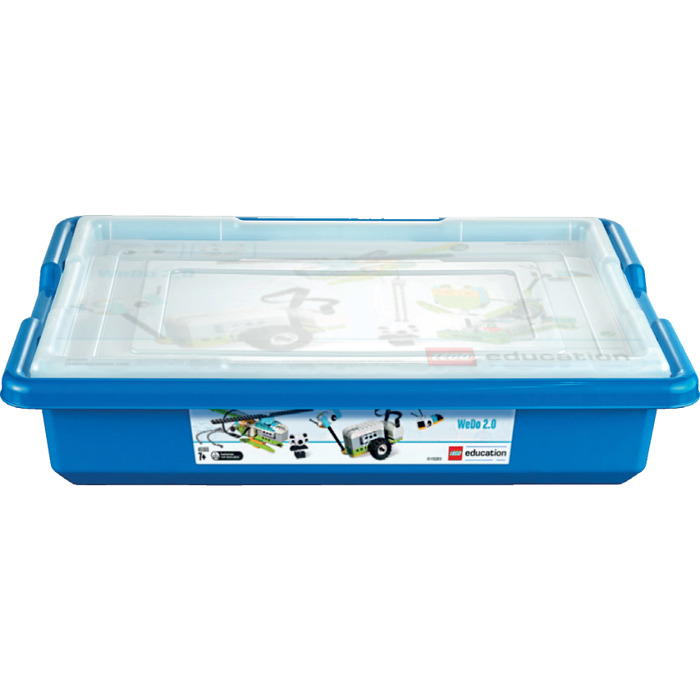
The body of the crab is built on the Lego Wedo smarthub. The app is a very big download, just under 500MB, but once you’ve got it installed, it’s very easy to set up and get started.

For us, a big benefit of having the project instructions within the app is that they’re all in one place, and they can’t get lost or damaged. The app contains instructions for heaps of Wedo projects, and an image-based coding platform that communicates with the smarthub via bluetooth. As you would expect, it’s compatible with all the standard Lego and Technic components.Īlongside the kit comes the Lego Wedo 2.0 app. The core kit comes with a smarthub, motor, tilt sensor and motion sensor, plus a range of gears, wheels, axles and bricks to create a wide range of projects. All Rights Reserved.Lego Wedo 2.0 is Lego’s entry-level robotics & coding kit, designed for the education space. Anyone using them for commercial purposes or translating them into other languages should notify TheCodingFun and get confirmation first. Anyone re-posting them should credit author and original source. Note: All the analysis articles are copyright products of. Even using the biggest motor power of 9 in the program, the model’s motion is intermittent sometimes due to overload. It is a big load for a motor to drive three components. It will make the whole model heavier, but could achieve better flexibility.Īnother problem for this giant model is the driving power. If you would like to control components separately, one way is to add another motor and connect it to the smart hub. That is based on the mechanical principle.

In another word, you could not use one motor to control those components independently. Although LEGO WeDo 2.0 has only one motor in one set, it could drive multiple components through arranging those gears cleverly, but all those components have to move simultaneously. That is all for the brief analysis of this complicated model.


 0 kommentar(er)
0 kommentar(er)
